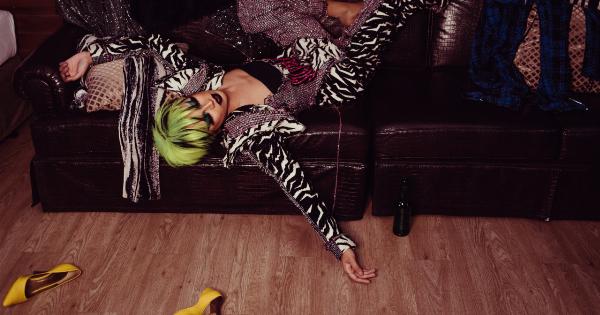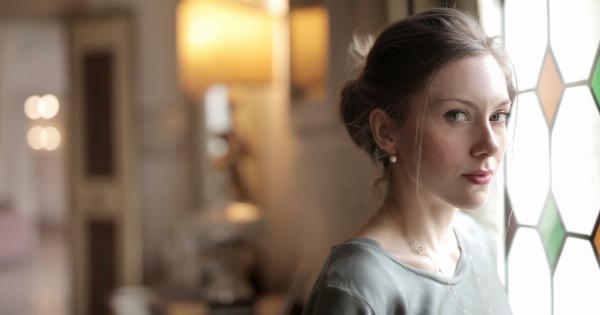Sitting in a crossed-leg position, also known as leg crossing or leg drape, is a common sitting posture that has been debated in terms of its appropriateness for men.
While historically, this sitting position has been more commonly associated with women, society’s attitude towards gender roles and styles has evolved over time. Men sitting with crossed legs has become more prevalent, especially in casual or informal settings. However, some traditional beliefs and cultural norms still question the propriety of this posture for men.
In this article, we will explore the origins of gendered sitting positions, societal perspectives, the physiological aspects, and the psychological and cultural implications surrounding men sitting in a crossed-leg position.
The History of Gendered Sitting Positions
Throughout history, different cultures have attributed specific sitting positions to gender roles.
For instance, in many Western cultures, it has been considered more appropriate for women to sit with crossed legs, while men have been encouraged to sit in a more expansive and relaxed manner, with legs apart. This dichotomy in sitting postures is rooted in cultural notions of femininity and masculinity, where women are expected to be more refined, elegant, and demure, whereas men are associated with dominance, power, and assertion.
Such attitudes have shaped the way society perceives different sitting positions, including the crossed-leg posture.
Societal Perspectives on Crossed-Leg Sitting for Men
In contemporary society, the idea of gendered sitting positions is being challenged. With changing attitudes towards gender roles and evolving fashion trends, sitting with crossed legs is no longer perceived solely as a feminine posture.
Men, too, have embraced this sitting position as a way of expressing their personal style and comfort. Popular culture and media have played a significant role in normalizing the crossed-leg position for men, with numerous photographs and depictions of male celebrities, professionals, and models sitting this way.
As a result, societal perspectives have shifted, with many people believing that it is perfectly acceptable for men to sit with crossed legs, both in casual and professional settings.
Physiological Aspects of Crossed-leg Sitting
Beyond societal considerations, the physiological aspects of sitting in a crossed-leg position should also be taken into account.
While there might be some perceptions that this posture is detrimental to men’s health, research suggests that the physical differences between men and women do not fundamentally impact the effects of sitting with crossed legs. Some concerns have been raised regarding possible negative effects on blood circulation and pelvic alignment.
However, these concerns are not exclusive to men, as both men and women may experience similar effects based on individual health conditions and overall posture. Furthermore, these potential effects can be minimized or mitigated by regular changes in sitting positions, taking breaks, and maintaining good posture in general.
Psychological and Cultural Implications
Psychologically, sitting in a crossed-leg position can provide certain benefits, regardless of gender. This posture has been associated with increased relaxation and improved focus, as it can help individuals find a comfortable and stable position.
From a cultural perspective, breaking gender norms and embracing new behaviors, such as men sitting with crossed legs, can challenge traditional stereotypes and promote inclusivity and equality. It allows men to express themselves more freely and reduces the pressure to conform to rigid gender expectations. By normalizing this sitting posture for both genders, society can foster acceptance and create a more open environment.
Acceptance and Etiquette
As the perception of men sitting with crossed legs has gradually shifted, it is increasingly important to consider etiquette and acceptable behavior in different contexts.
While it is widely regarded as appropriate for men to sit with crossed legs in casual or informal settings, such as social gatherings or when sitting alone, certain situations still call for adherence to traditional norms. In more formal settings, such as business meetings or formal events, men may choose to adopt a more conventional sitting posture to align with professional decorum and societal expectations.
Awareness of the environment and cultural context is key when determining the appropriateness of sitting with crossed legs.
Conclusion
The question of whether it is proper for men to sit in a crossed-leg position has no definitive answer.
Societal attitudes towards gender roles and behaviors have shifted significantly, allowing for the acceptance and normalization of diverse sitting postures. While it was traditionally associated with femininity and perceived as inappropriate for men, sitting crossed-legged has become more prevalent and accepted.
The physiological aspects of this sitting posture do not hold specific gender restrictions, and the psychological and cultural implications highlight the importance of breaking gender norms and promoting inclusivity. Ultimately, it is essential to consider the context, environment, and personal comfort when deciding on sitting positions.





























